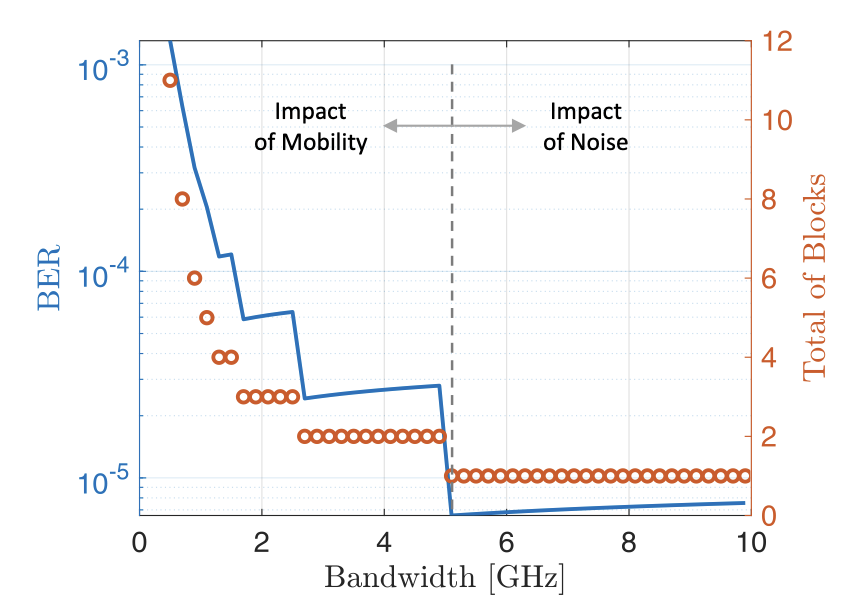Literature Database Entry
halsband2005honeypot
David Halsband, "A Honeypot Architecture for Distributed Network Traffic Analysis and Intrusion Detection," Bachelor Thesis, Wilhelm-Schickard-Institute for Computer Science, University of Tübingen, August 2005. (Advisors: Gerhard Münz and Falko Dressler)
Abstract
In cooperation with a firewall and an intrusion detection system, honeypots are an important security mechanism. They can help network administrators to deceive or distract attackers, to record malicious activities as proof and to learn from attackers about new strategies and tools. As a low-interaction honeypot, Honeyd is easy to deploy and maintain. Together with Arpd, it is possible to create virtual hosts with emulated services in unused IP space with different personalities. In this Pre Master's Thesis, I demonstrate how to integrate a Honeyd honeypot in a Netflow/IPFIX-architecture to monitor and analyze network traffic for attack and intrusion detection which allows for distributed deployment.
Quick access
Contact
David Halsband
BibTeX reference
@phdthesis{halsband2005honeypot,
author = {Halsband, David},
title = {{A Honeypot Architecture for Distributed Network Traffic Analysis and Intrusion Detection}},
advisor = {M{\"{u}}nz, Gerhard and Dressler, Falko},
institution = {Wilhelm-Schickard-Institute for Computer Science},
location = {T{\"{u}}bingen, Germany},
month = {8},
school = {University of T{\"{u}}bingen},
type = {Bachelor Thesis},
year = {2005},
}
Copyright notice
Links to final or draft versions of papers are presented here to ensure timely dissemination of scholarly and technical work. Copyright and all rights therein are retained by authors or by other copyright holders. All persons copying this information are expected to adhere to the terms and constraints invoked by each author's copyright. In most cases, these works may not be reposted or distributed for commercial purposes without the explicit permission of the copyright holder.
The following applies to all papers listed above that have IEEE copyrights: Personal use of this material is permitted. However, permission to reprint/republish this material for advertising or promotional purposes or for creating new collective works for resale or redistribution to servers or lists, or to reuse any copyrighted component of this work in other works must be obtained from the IEEE.
The following applies to all papers listed above that are in submission to IEEE conference/workshop proceedings or journals: This work has been submitted to the IEEE for possible publication. Copyright may be transferred without notice, after which this version may no longer be accessible.
The following applies to all papers listed above that have ACM copyrights: ACM COPYRIGHT NOTICE. Permission to make digital or hard copies of part or all of this work for personal or classroom use is granted without fee provided that copies are not made or distributed for profit or commercial advantage and that copies bear this notice and the full citation on the first page. Copyrights for components of this work owned by others than ACM must be honored. Abstracting with credit is permitted. To copy otherwise, to republish, to post on servers, or to redistribute to lists, requires prior specific permission and/or a fee. Request permissions from Publications Dept., ACM, Inc., fax +1 (212) 869-0481, or permissions@acm.org.
The following applies to all SpringerLink papers listed above that have Springer Science+Business Media copyrights: The original publication is available at www.springerlink.com.
This page was automatically generated using BibDB and bib2web.

